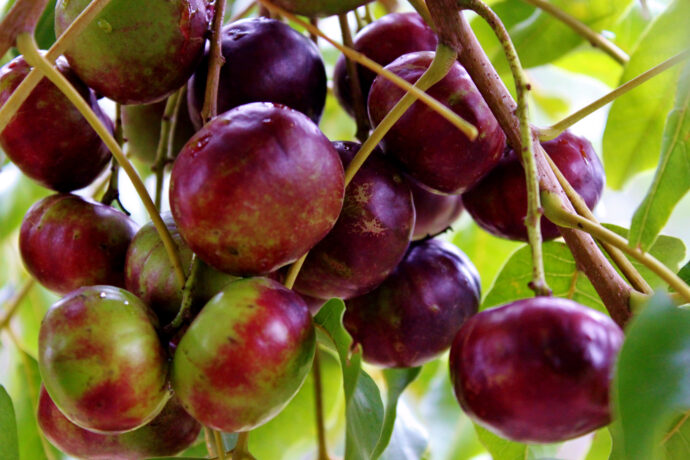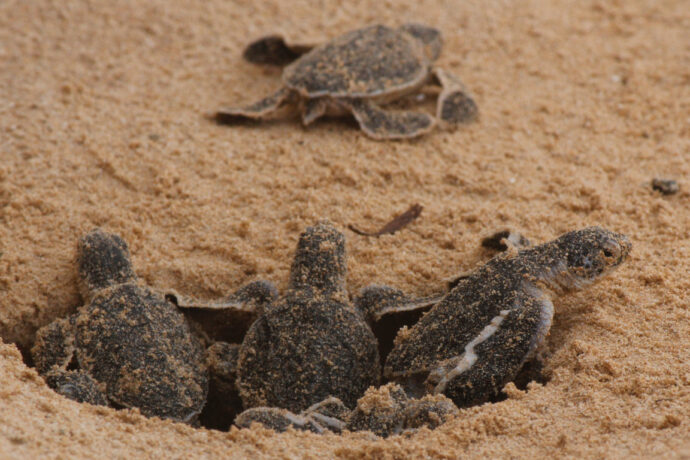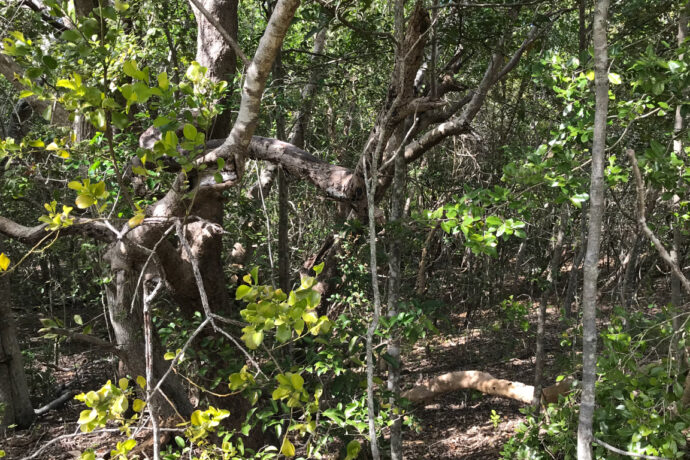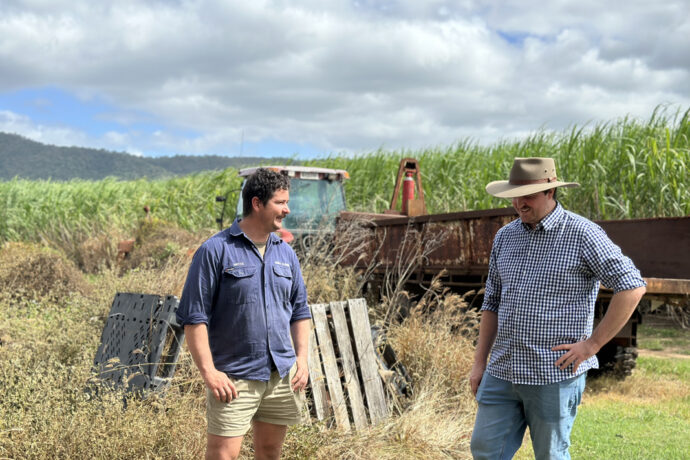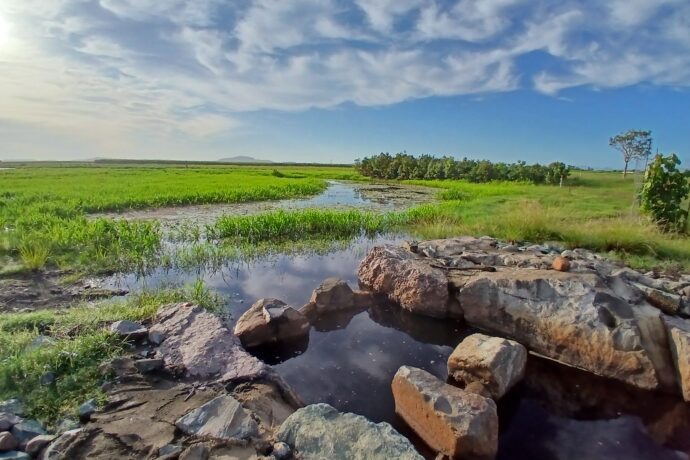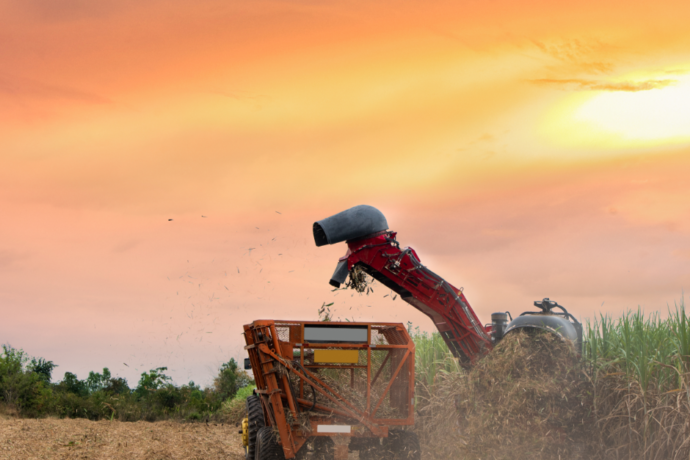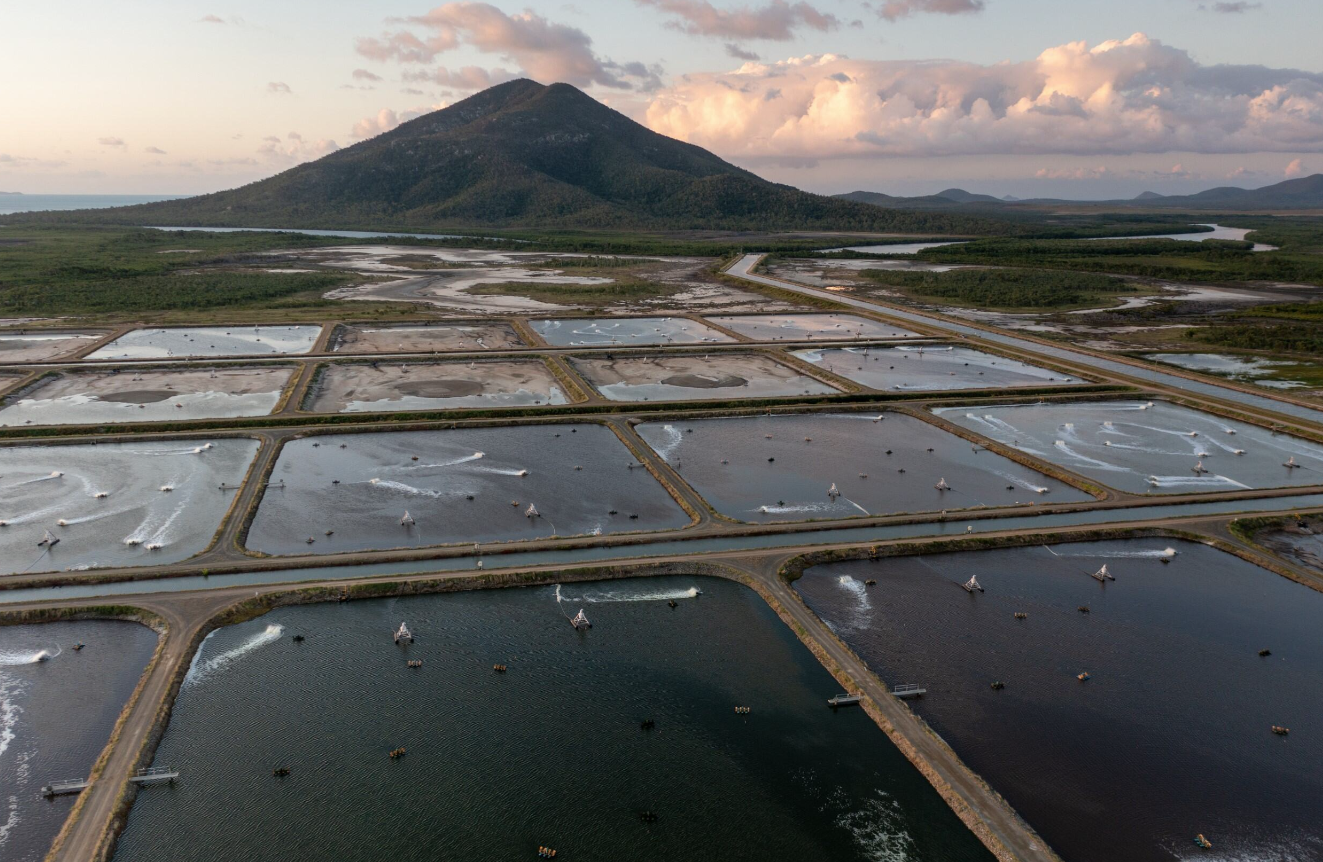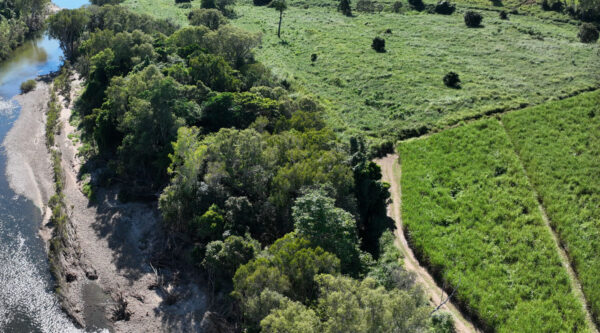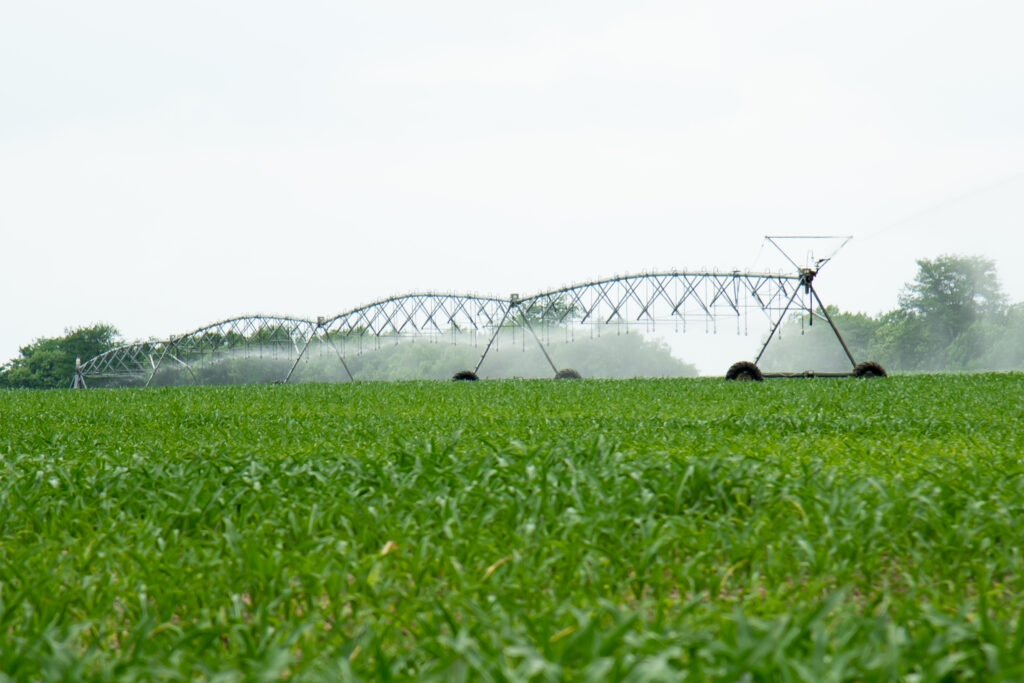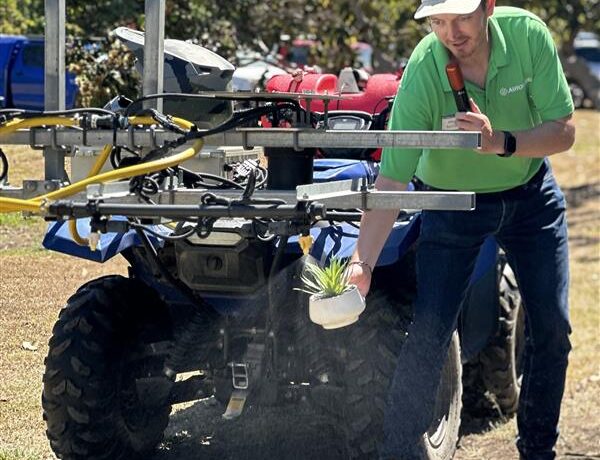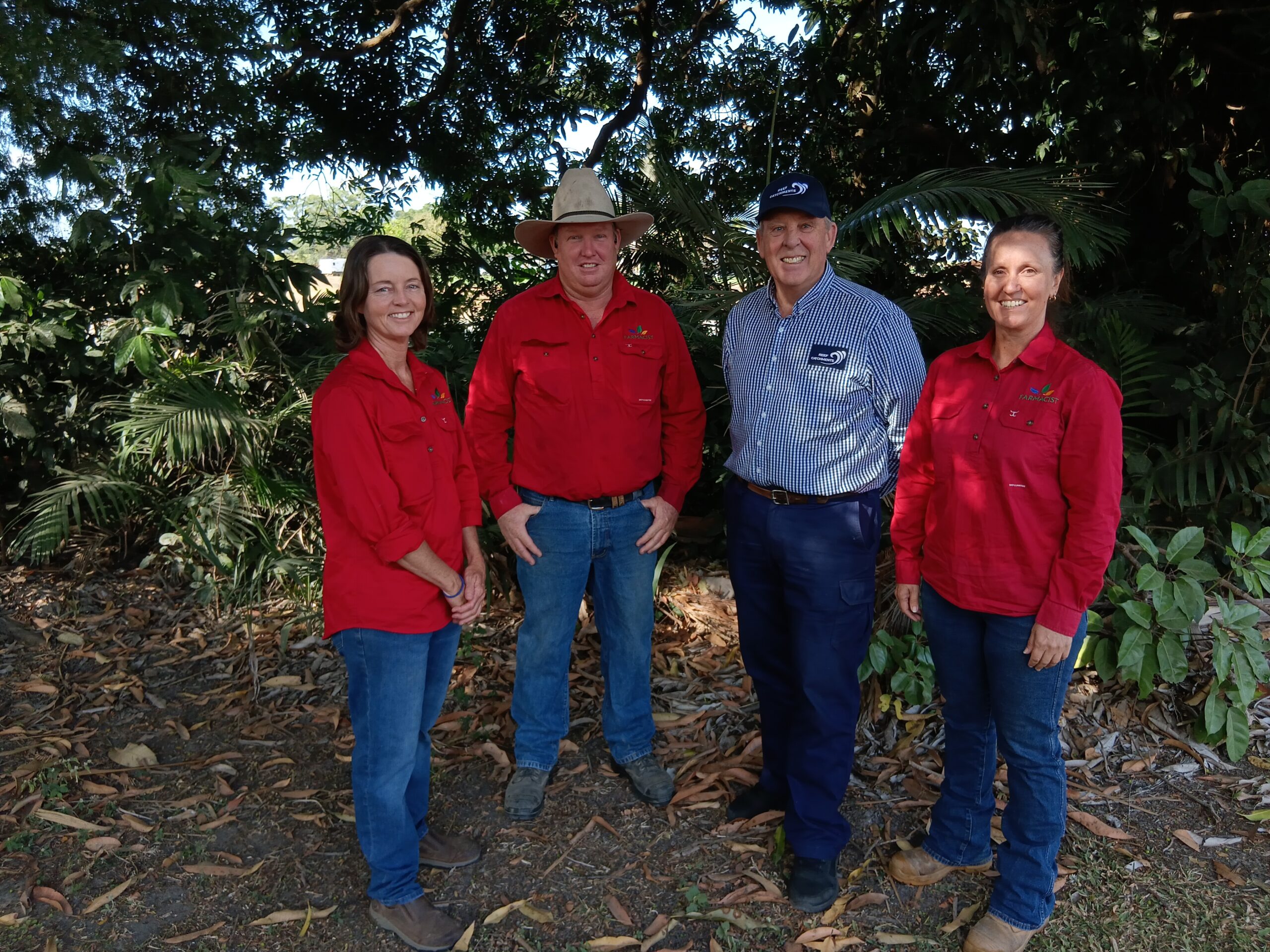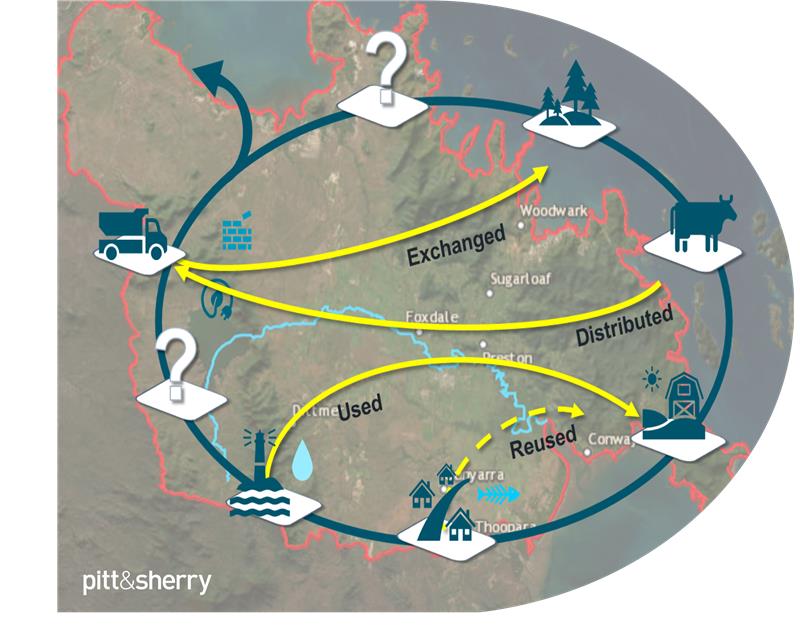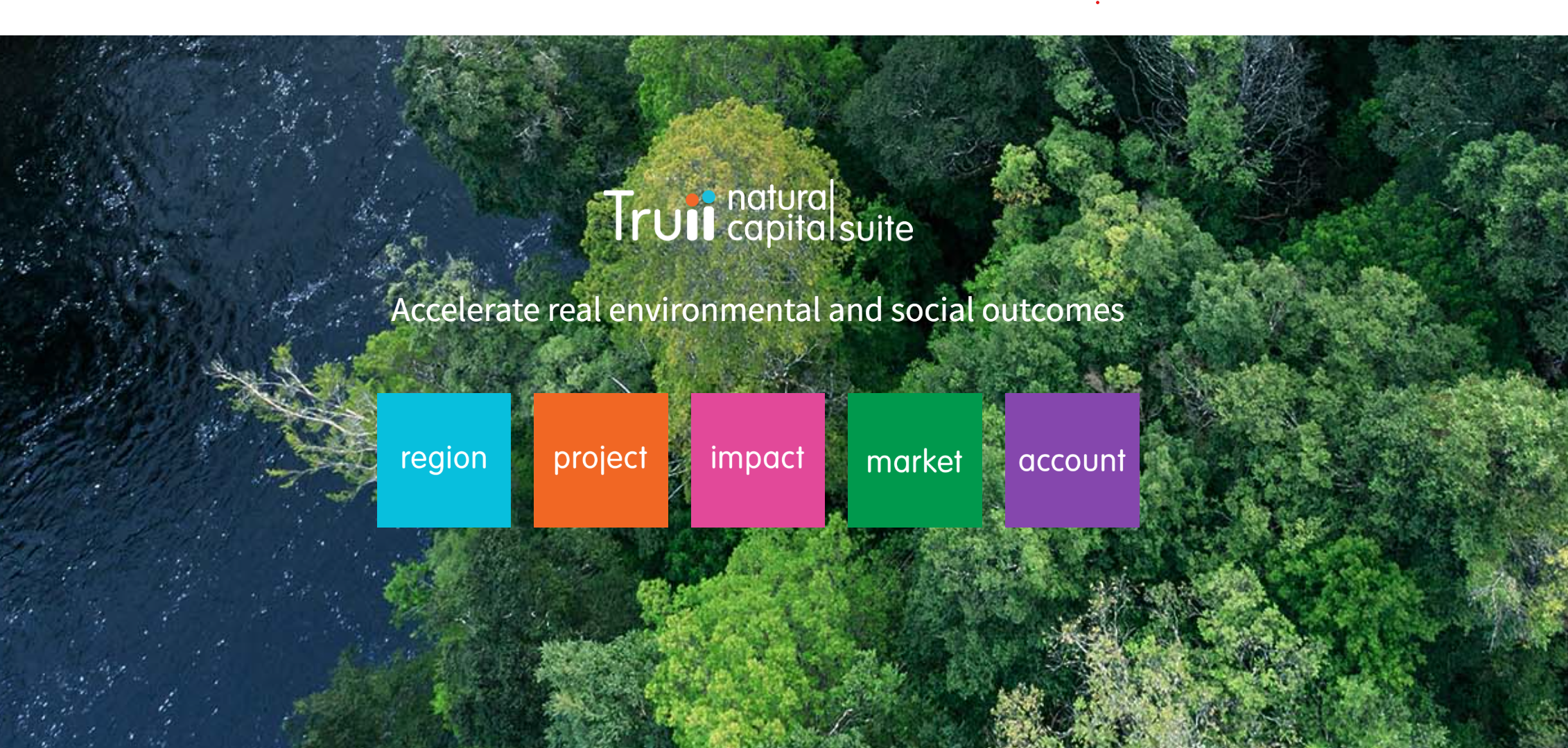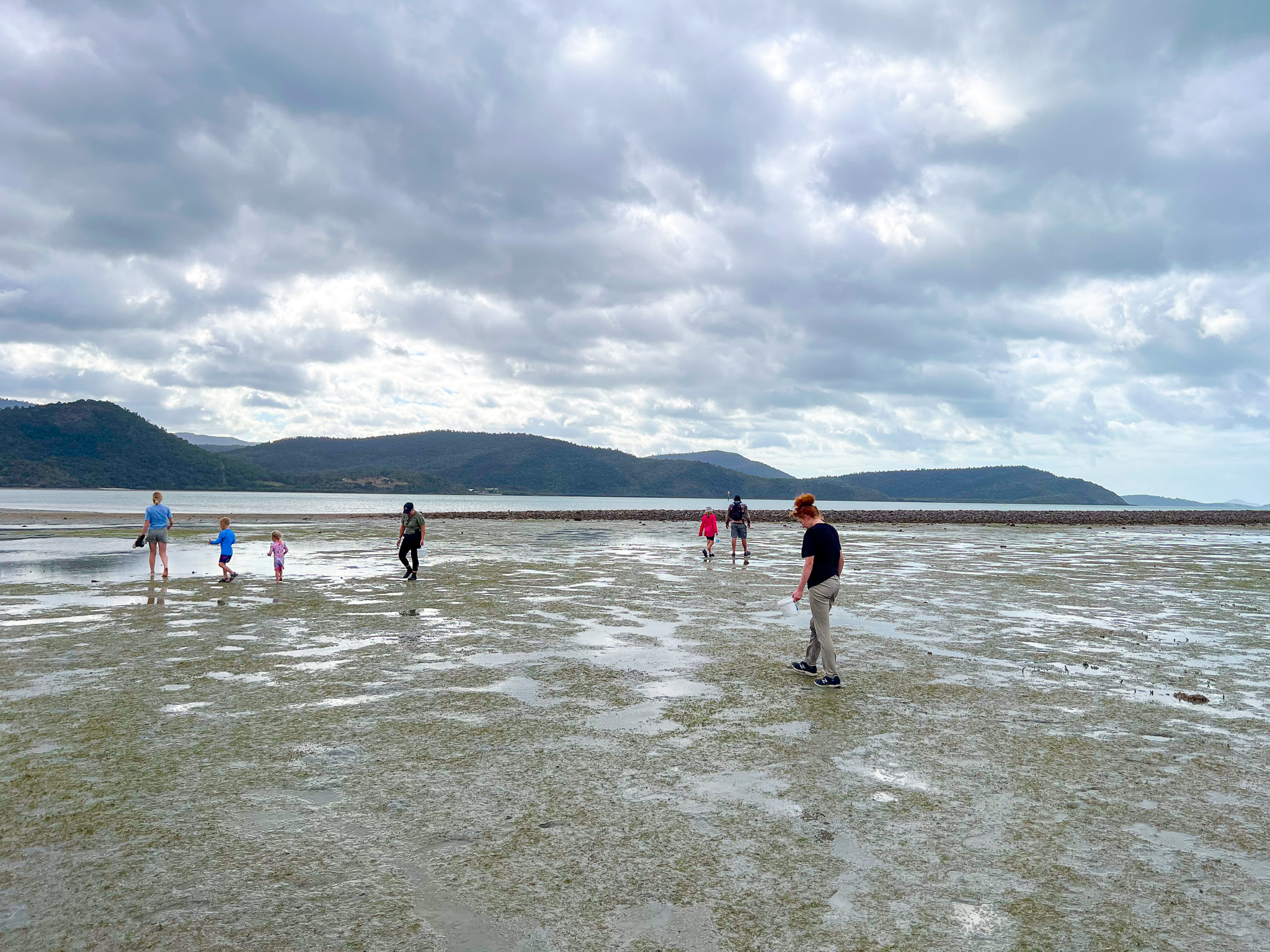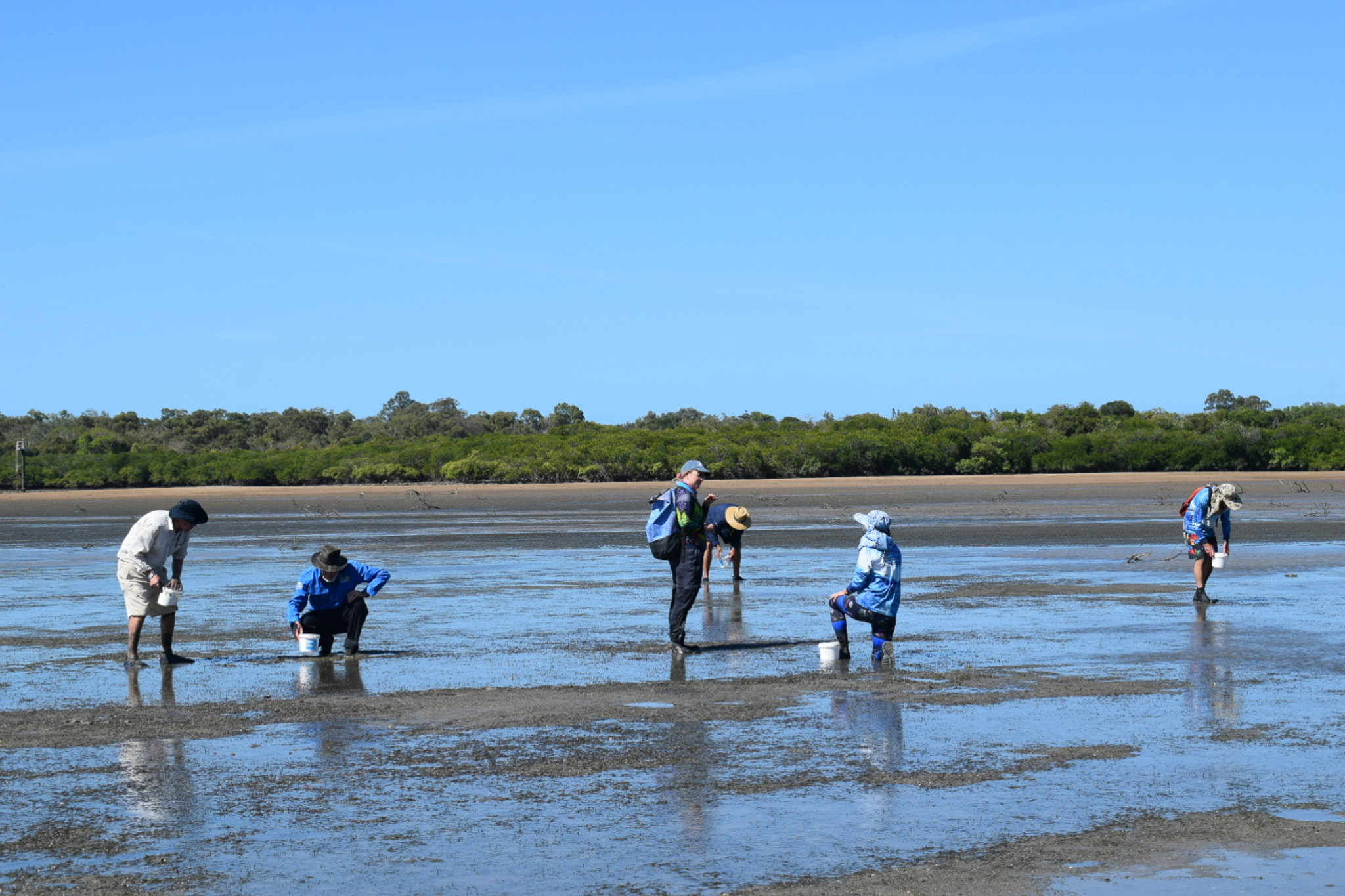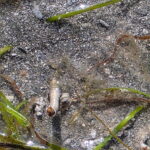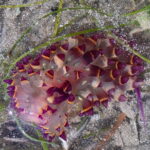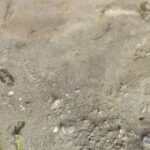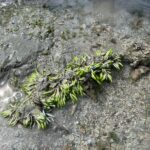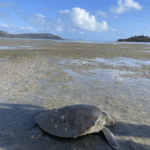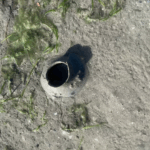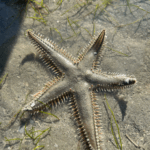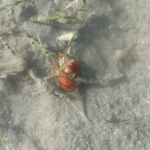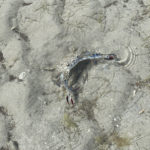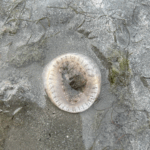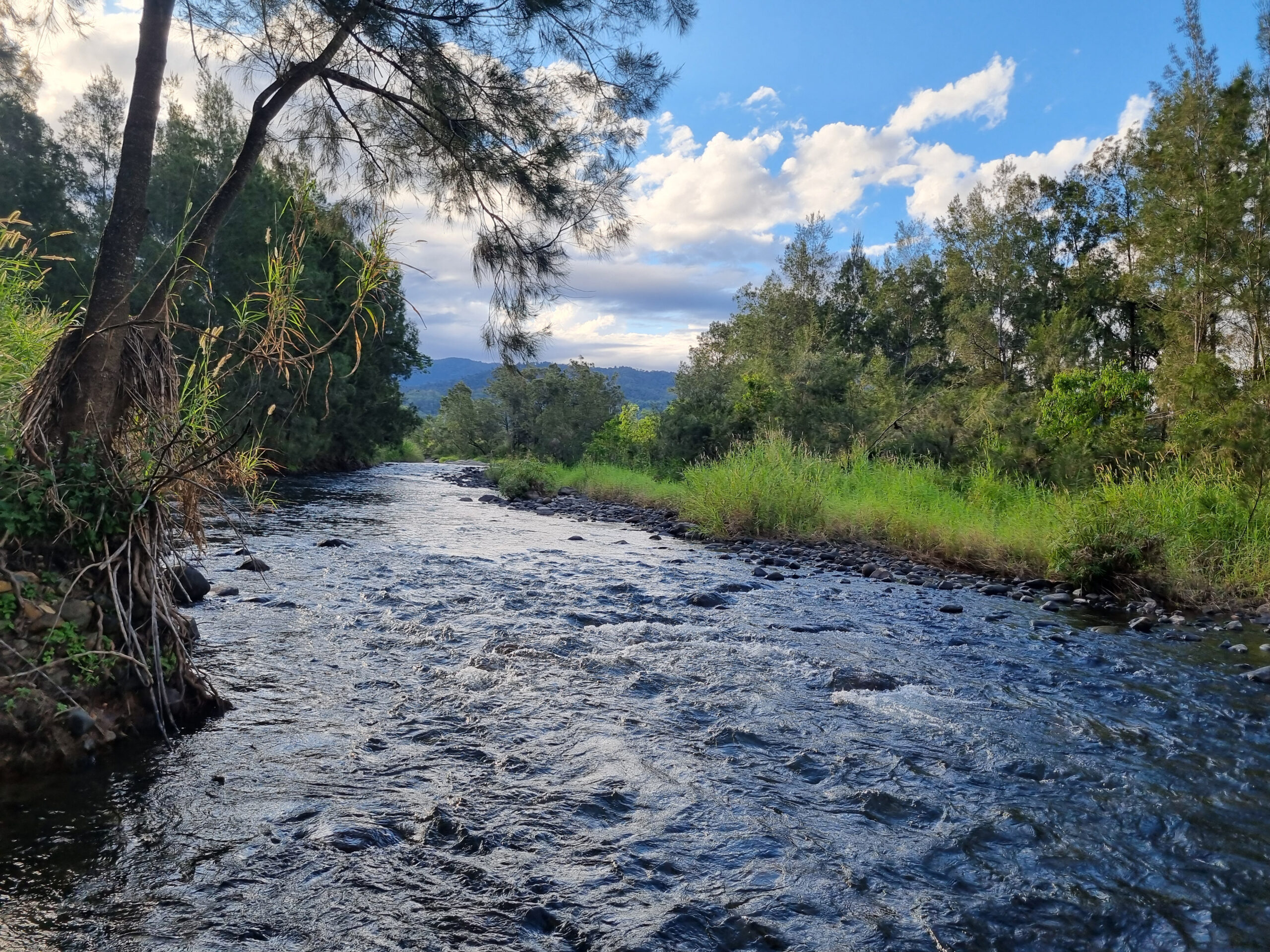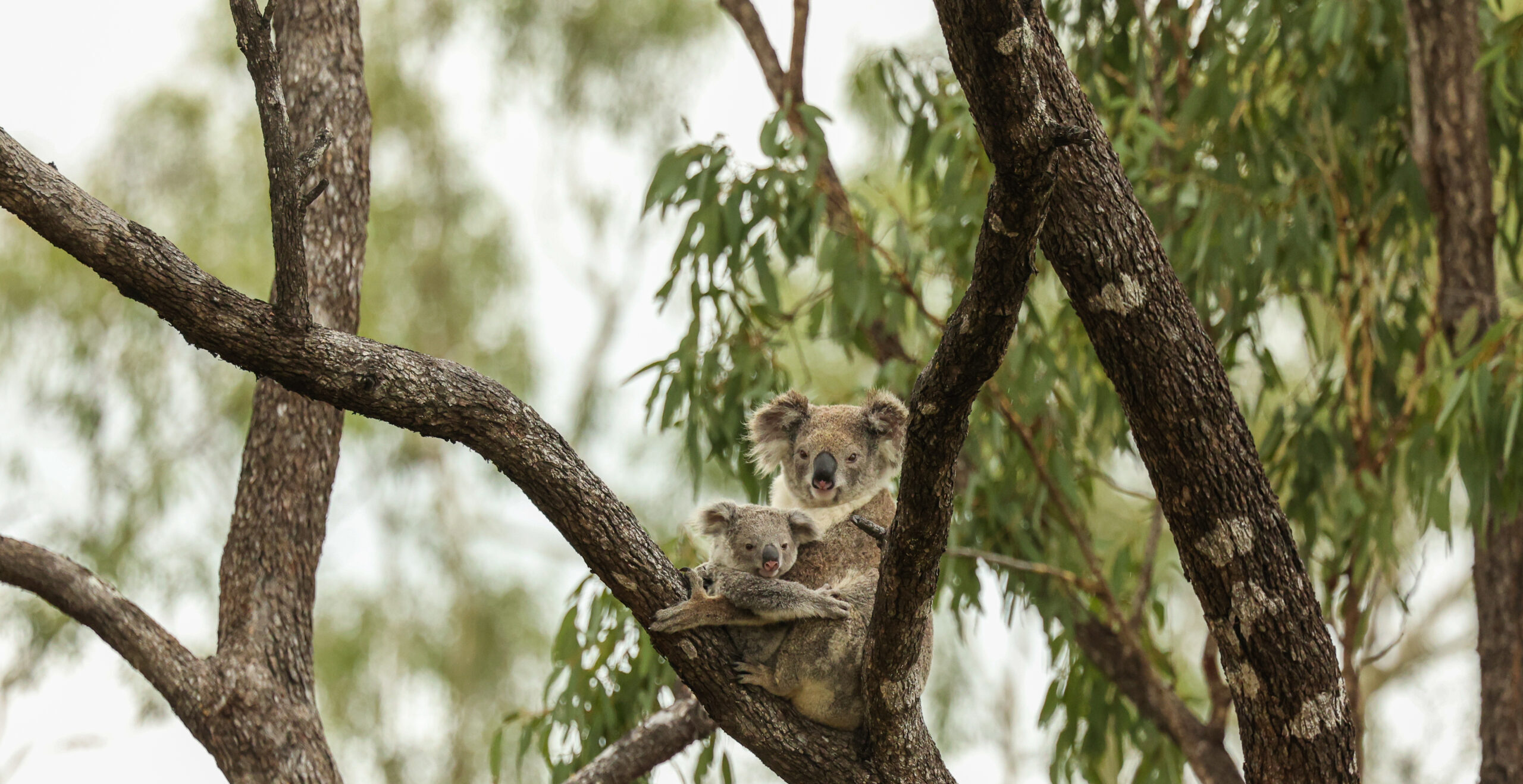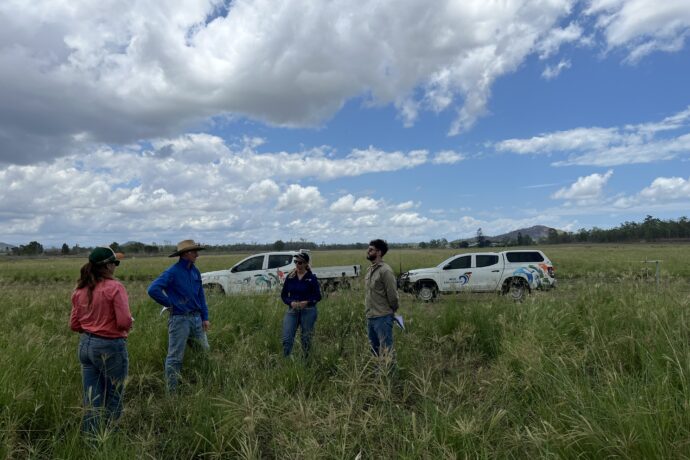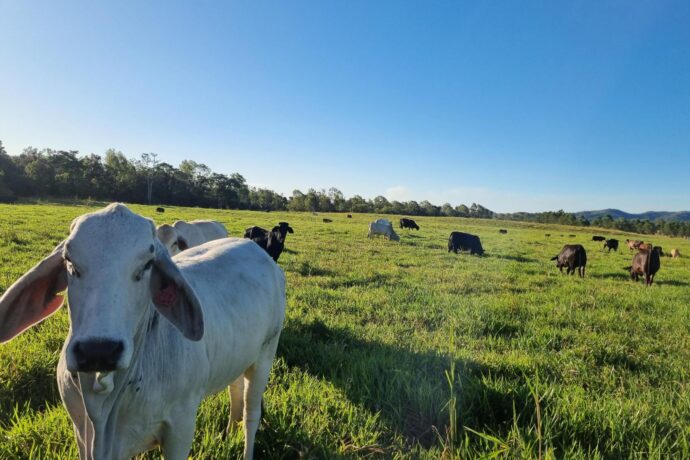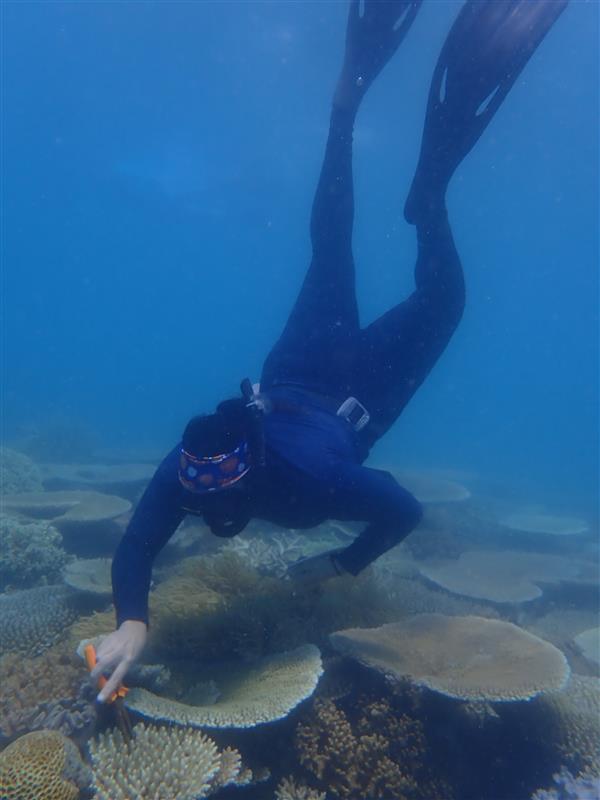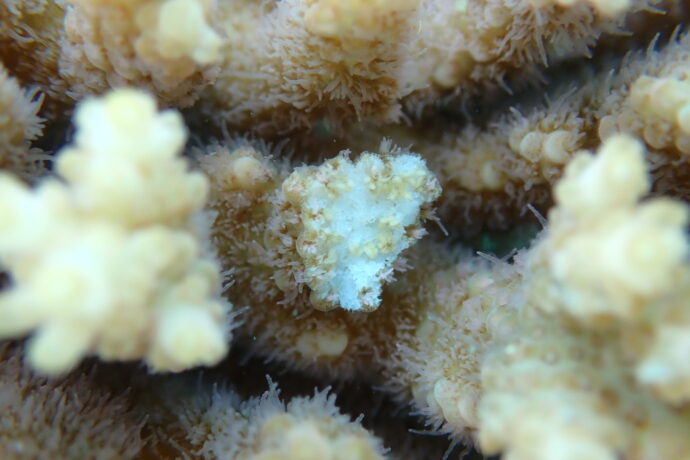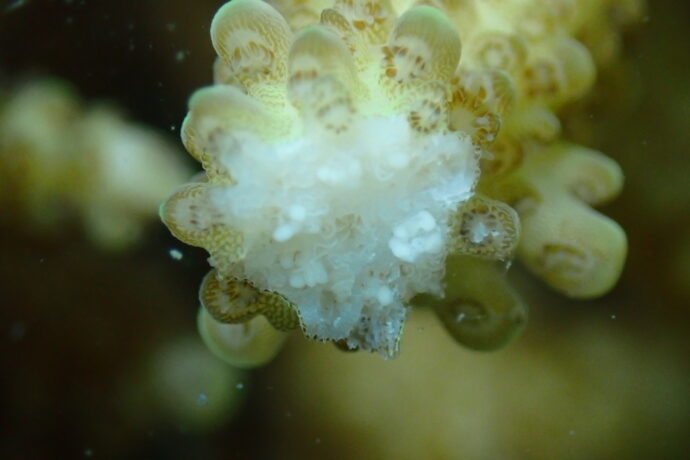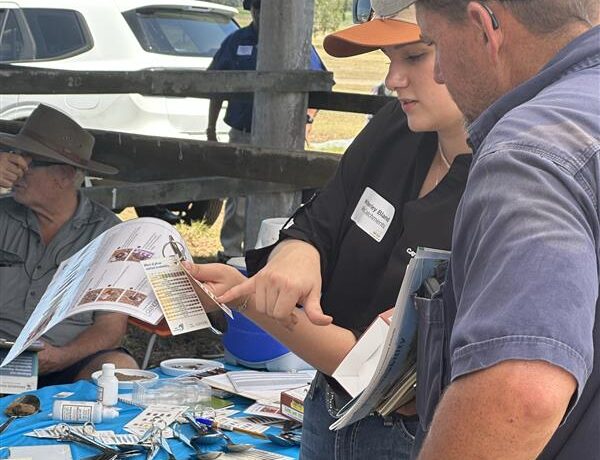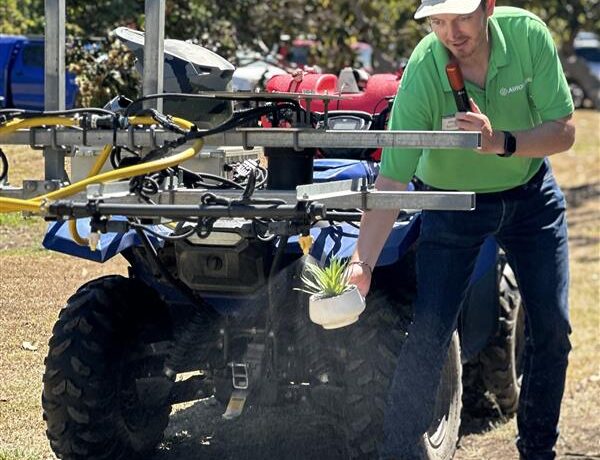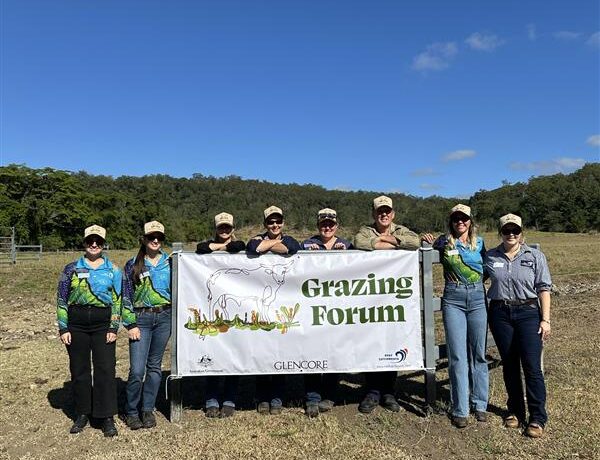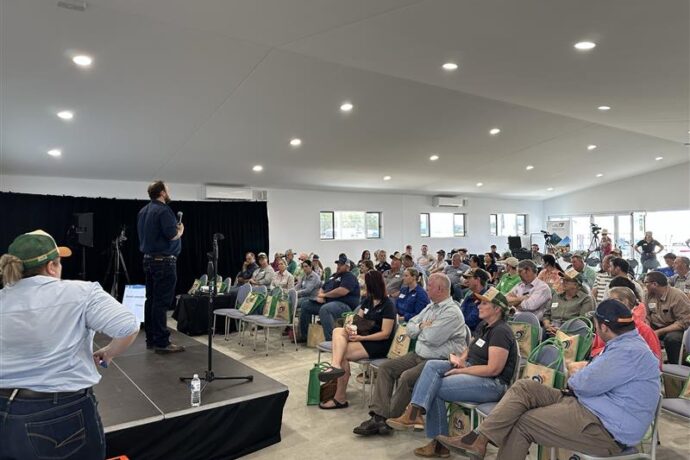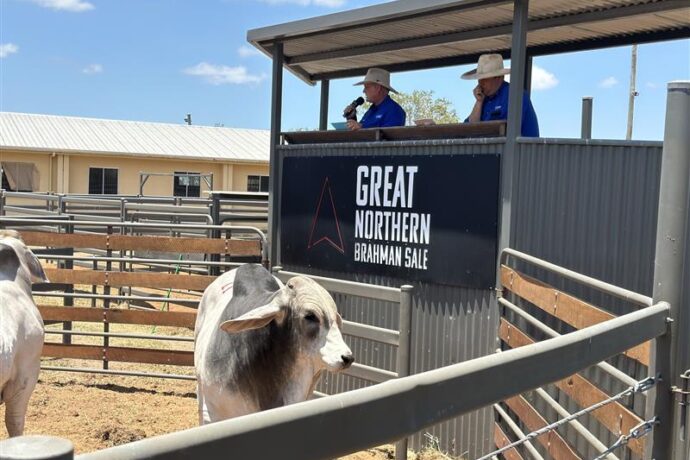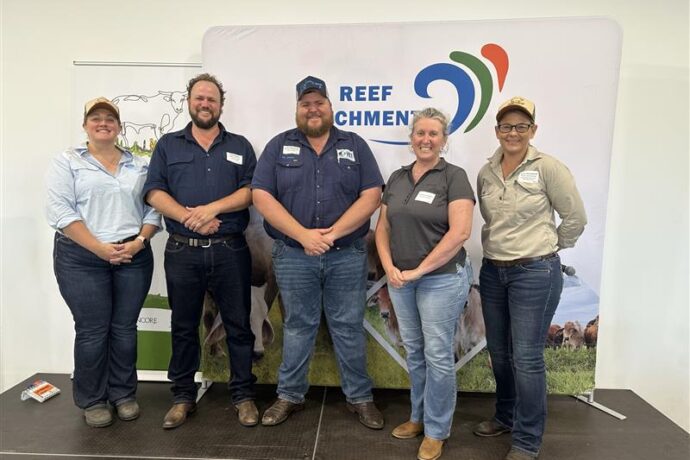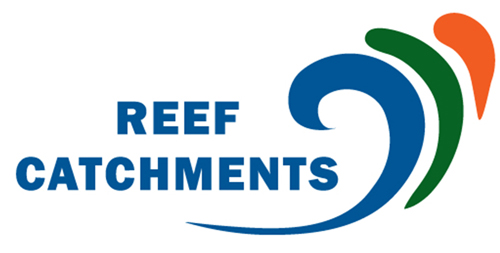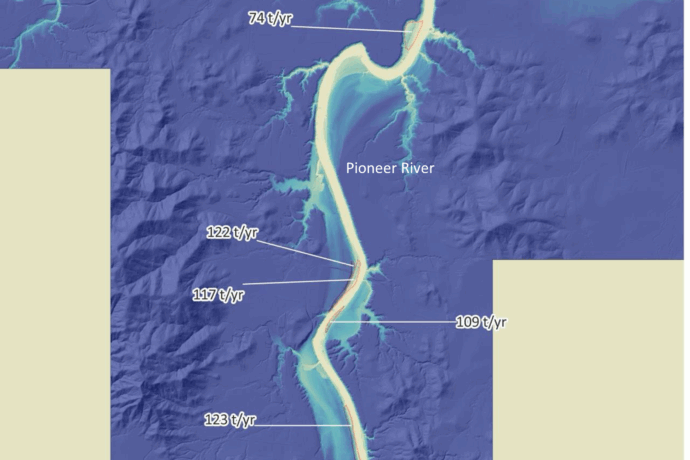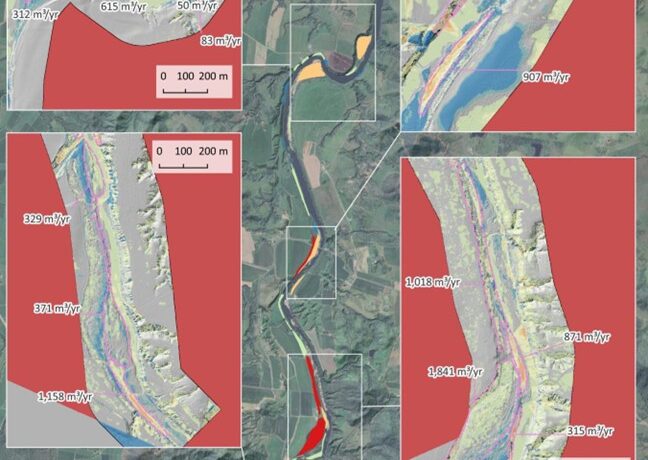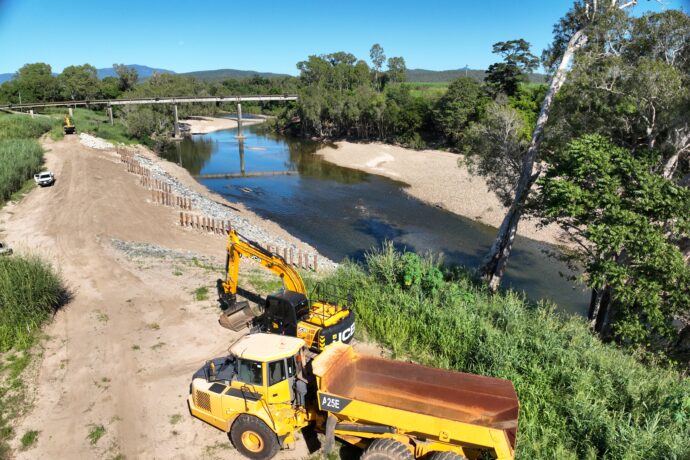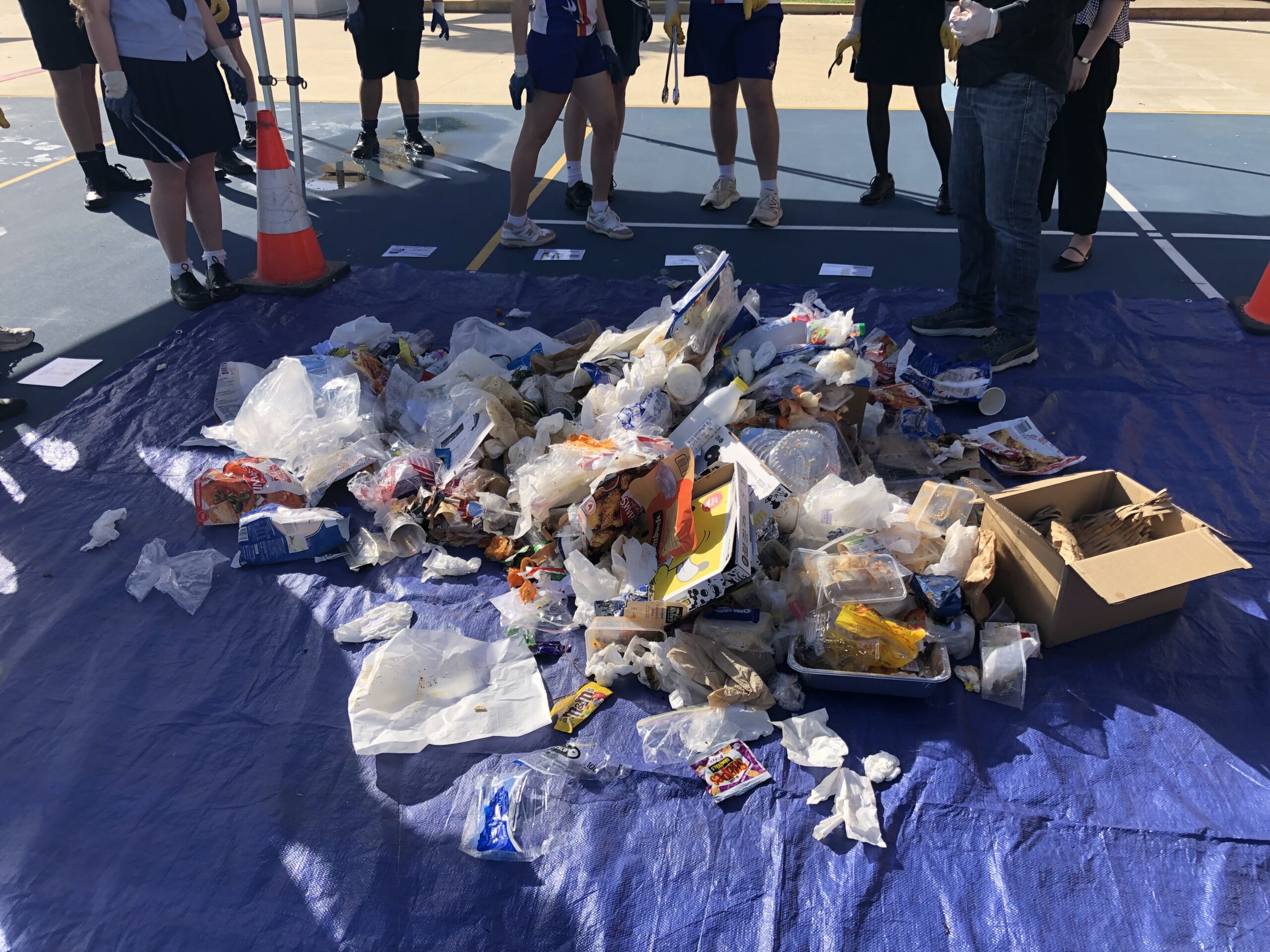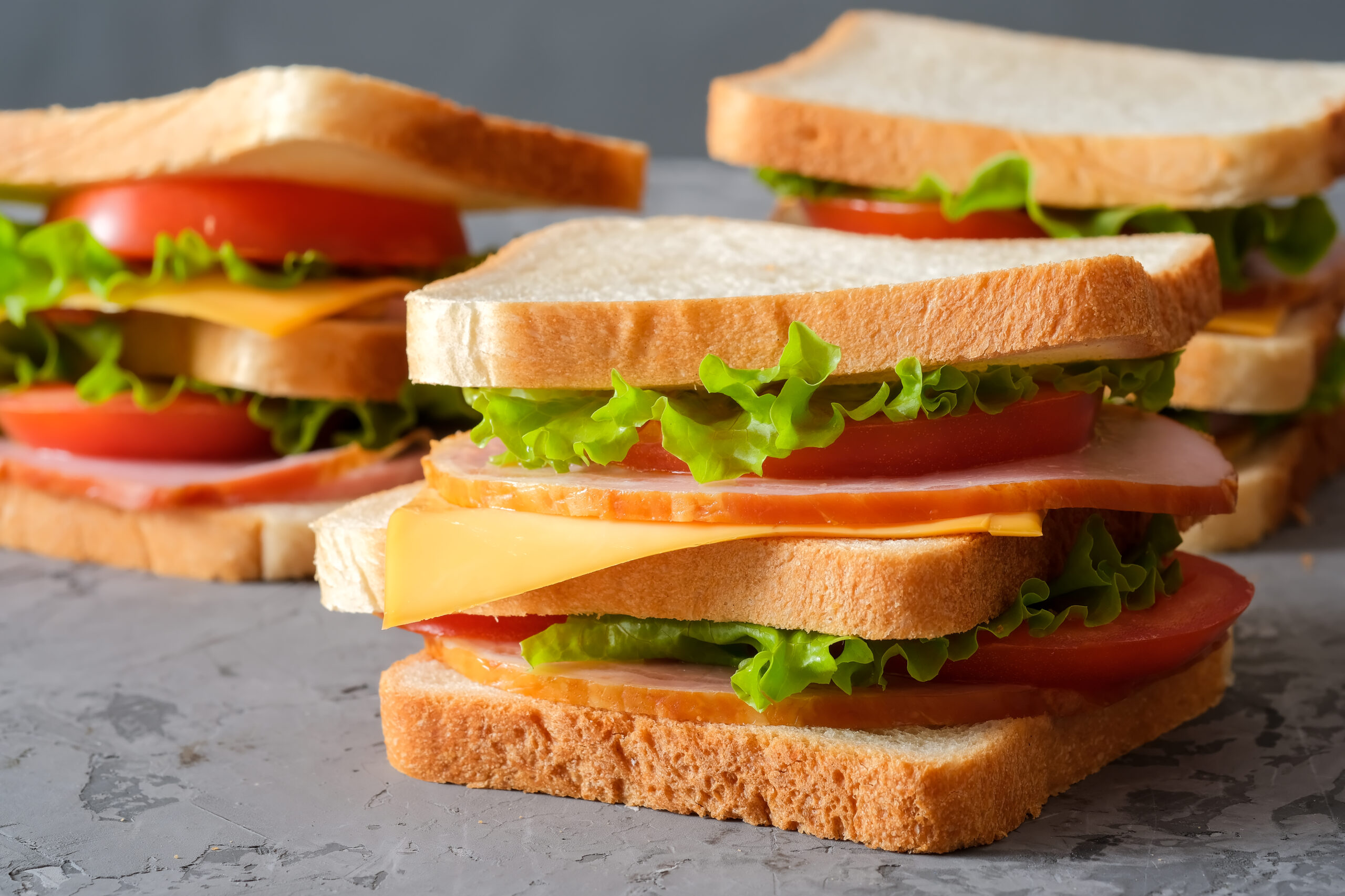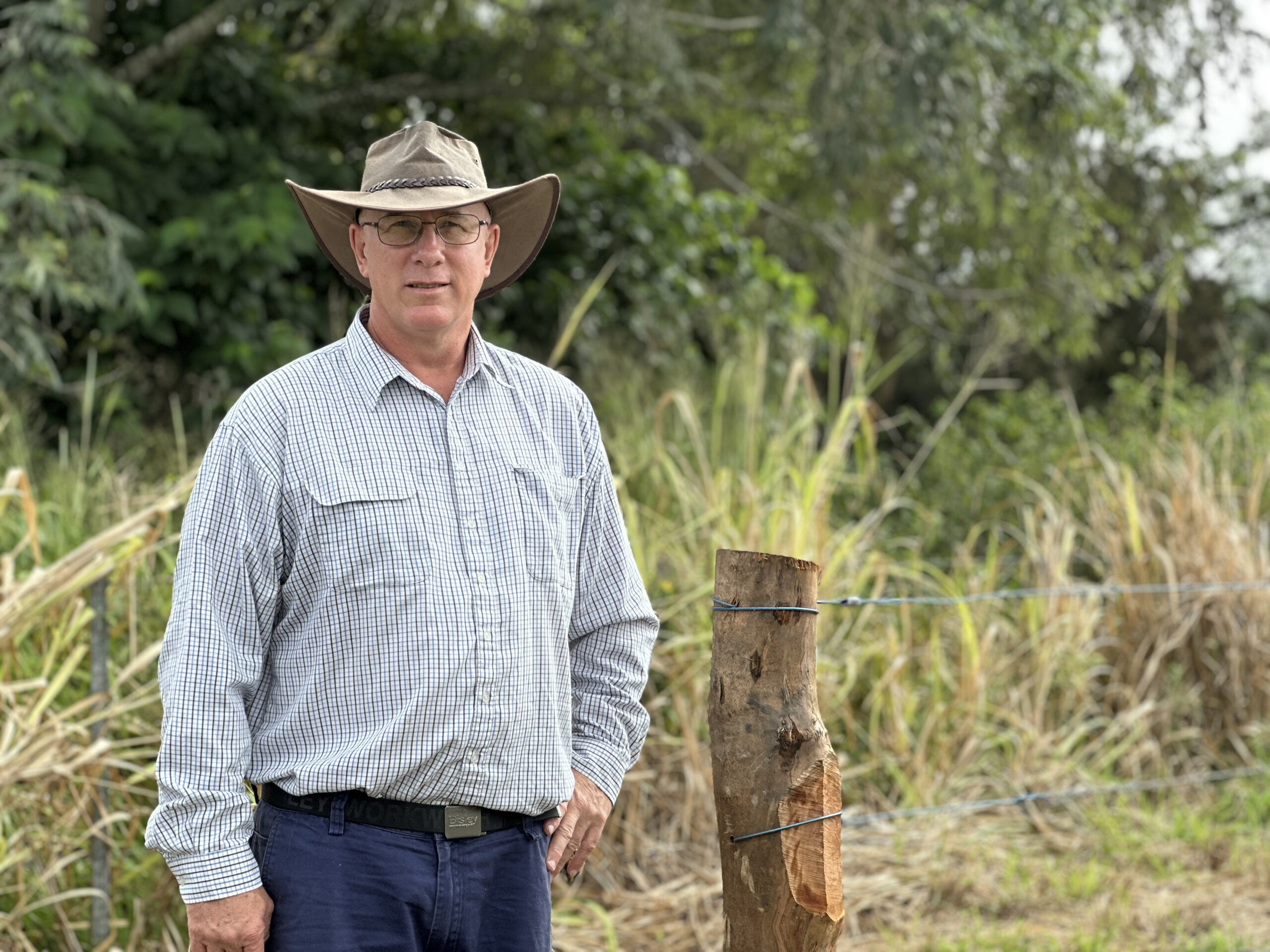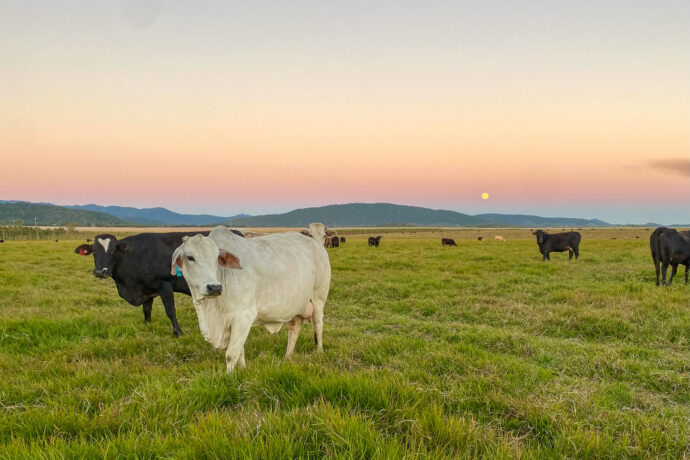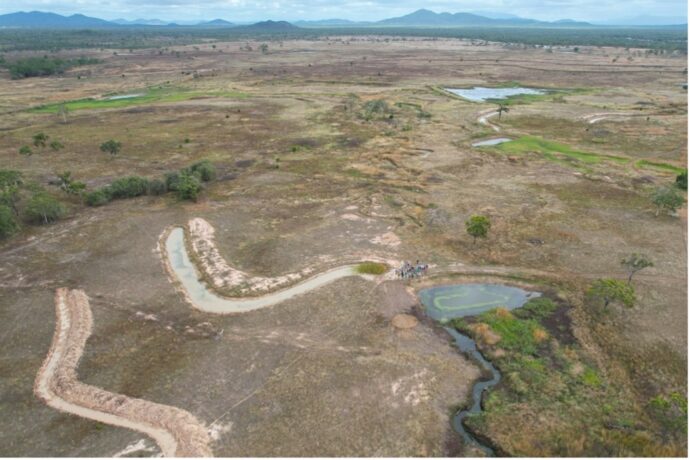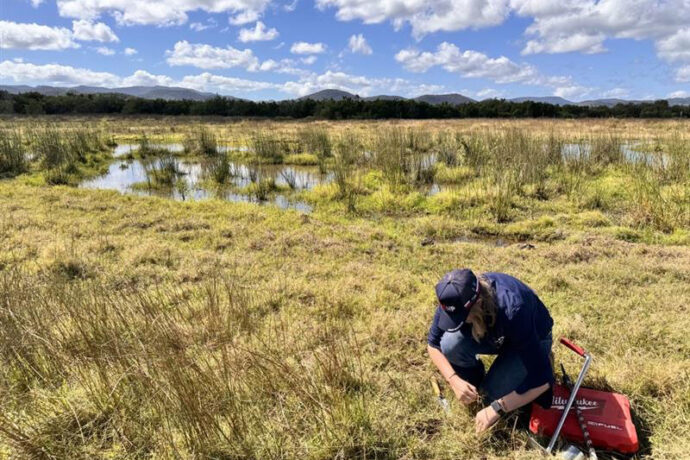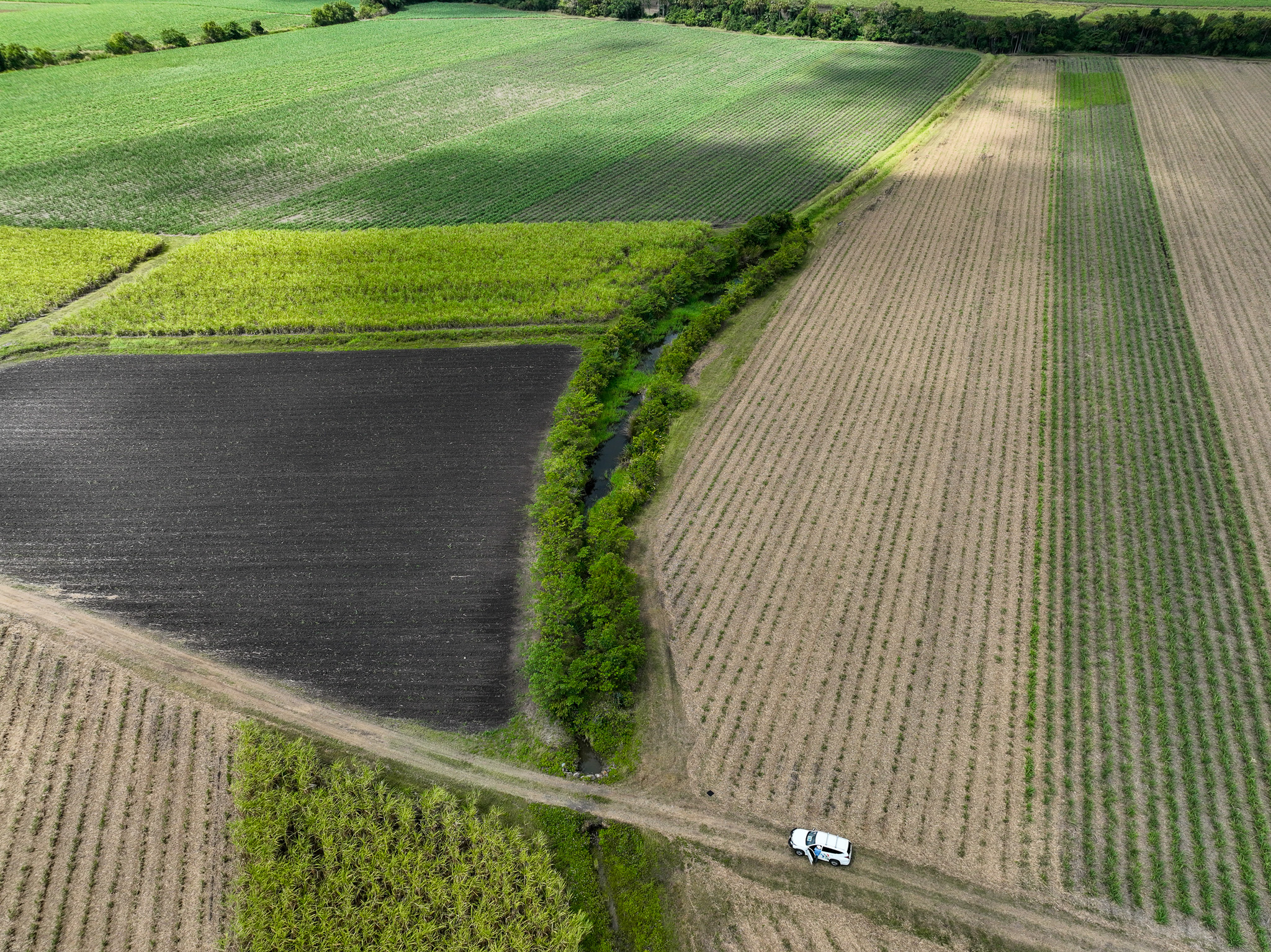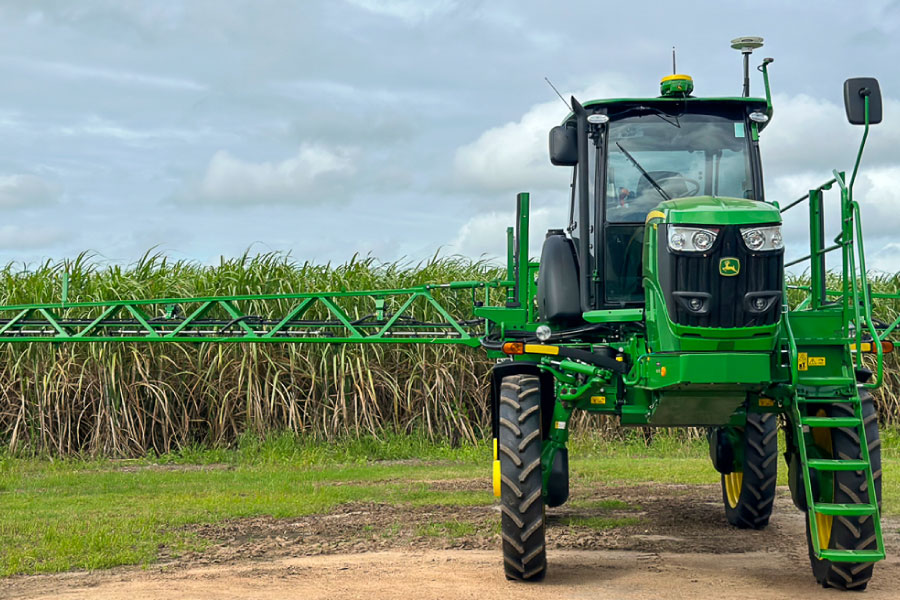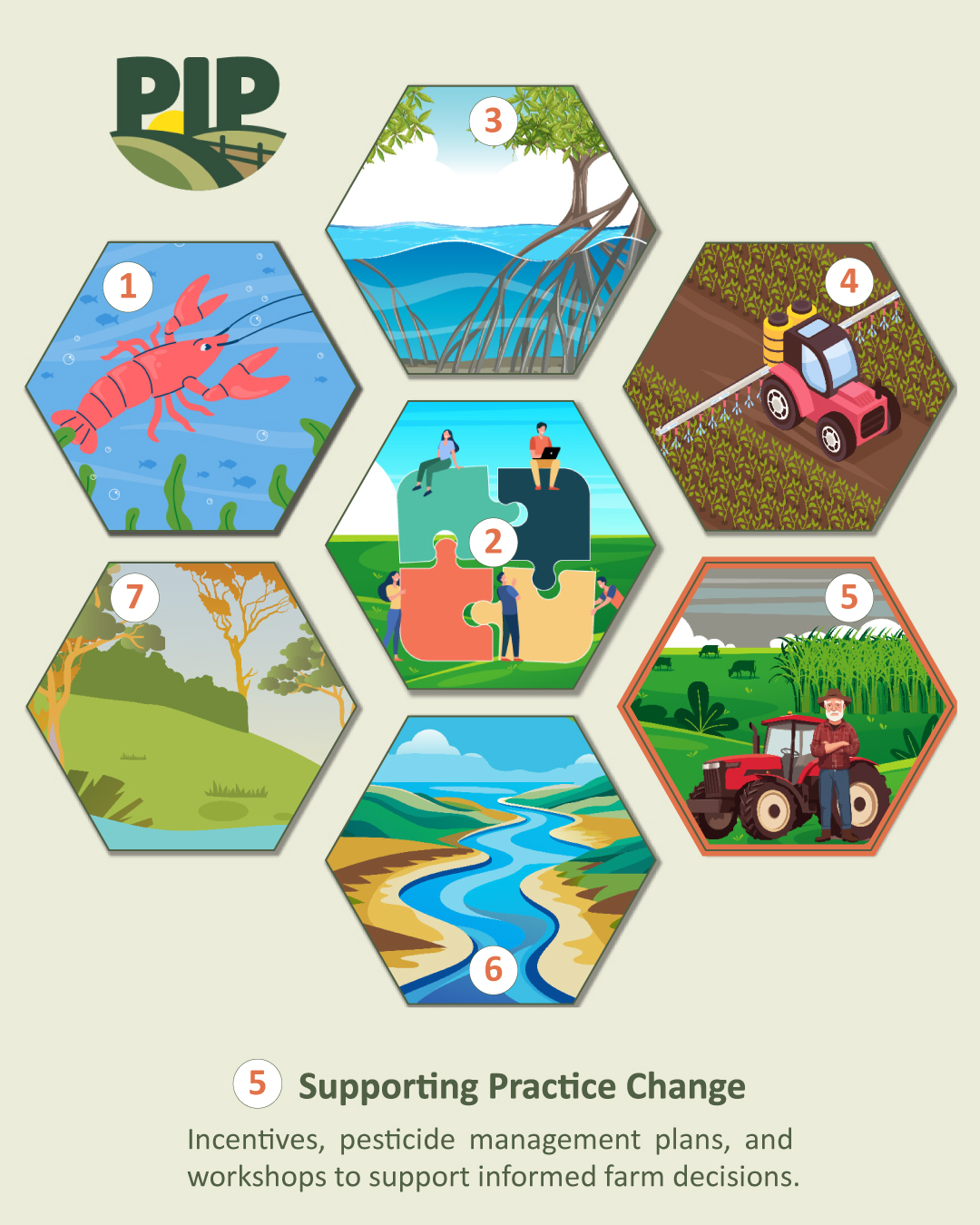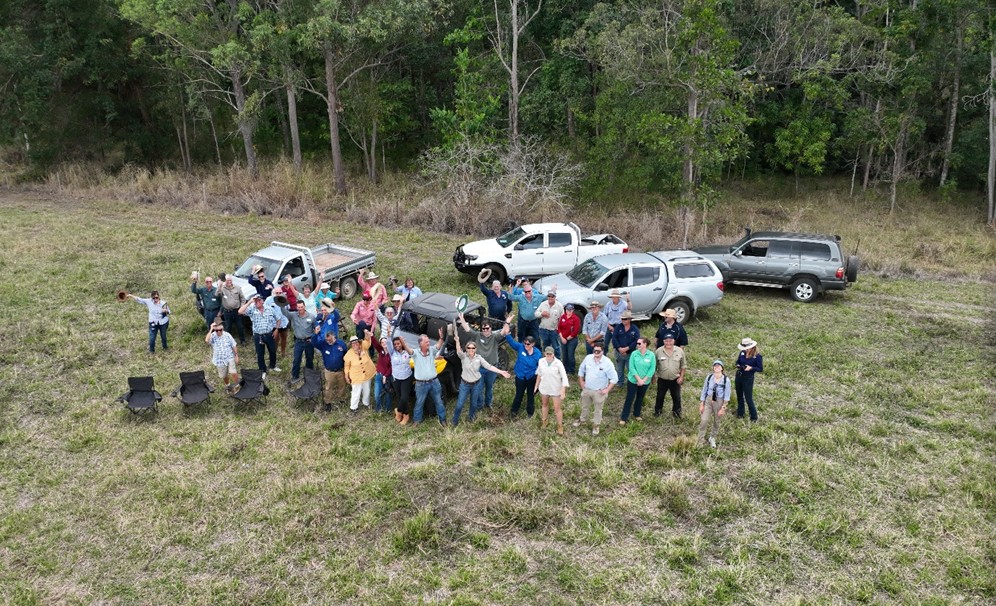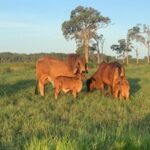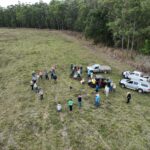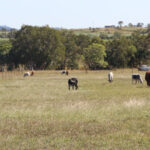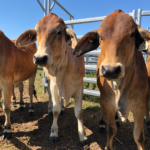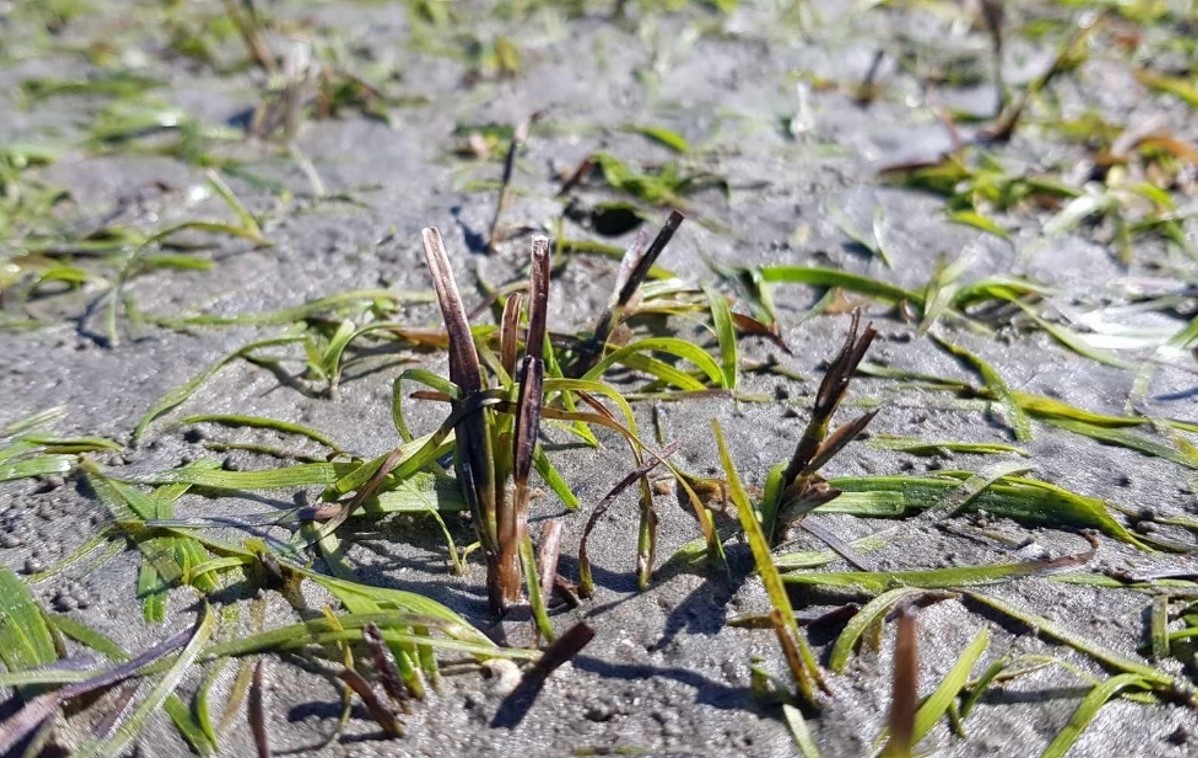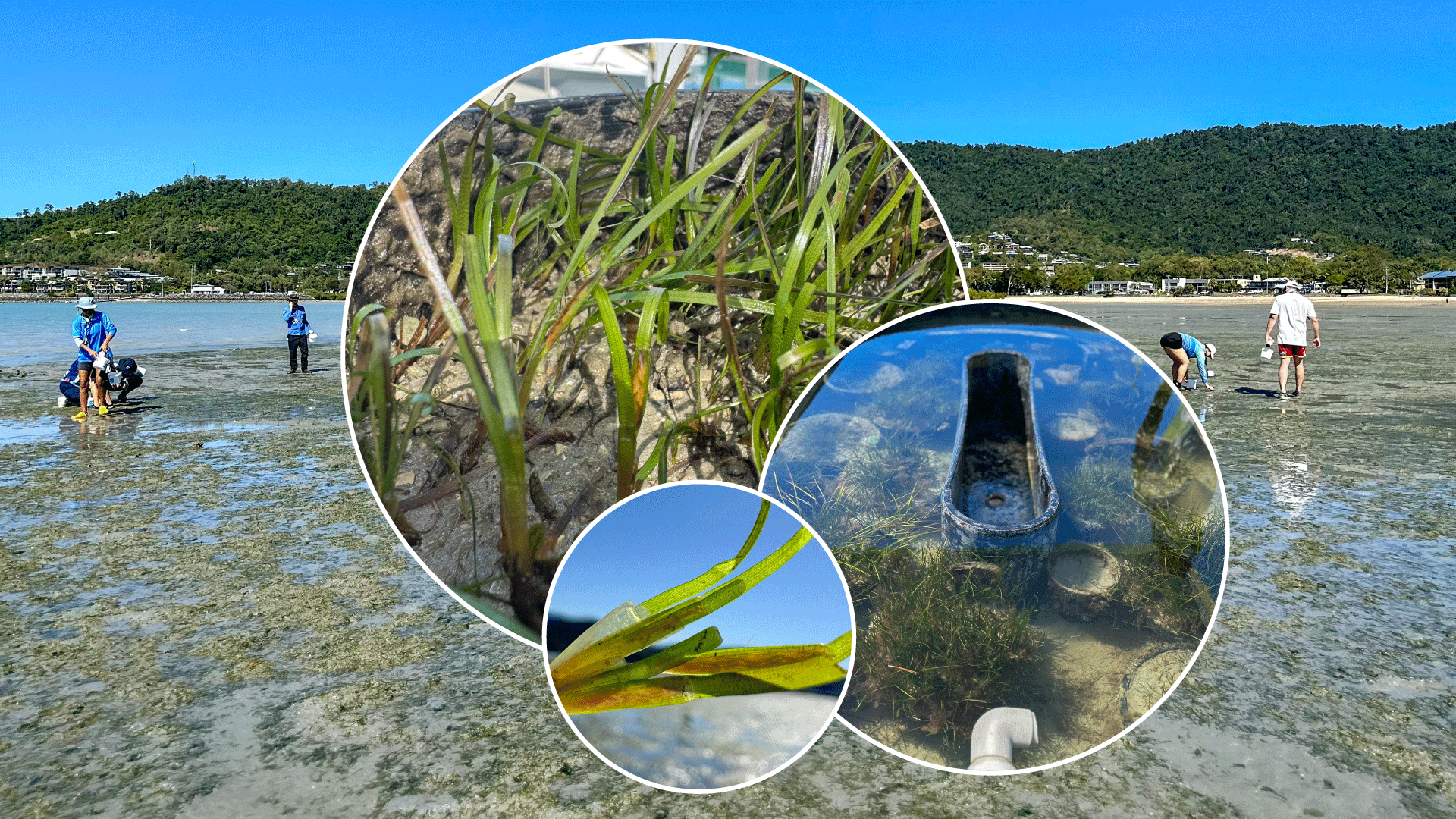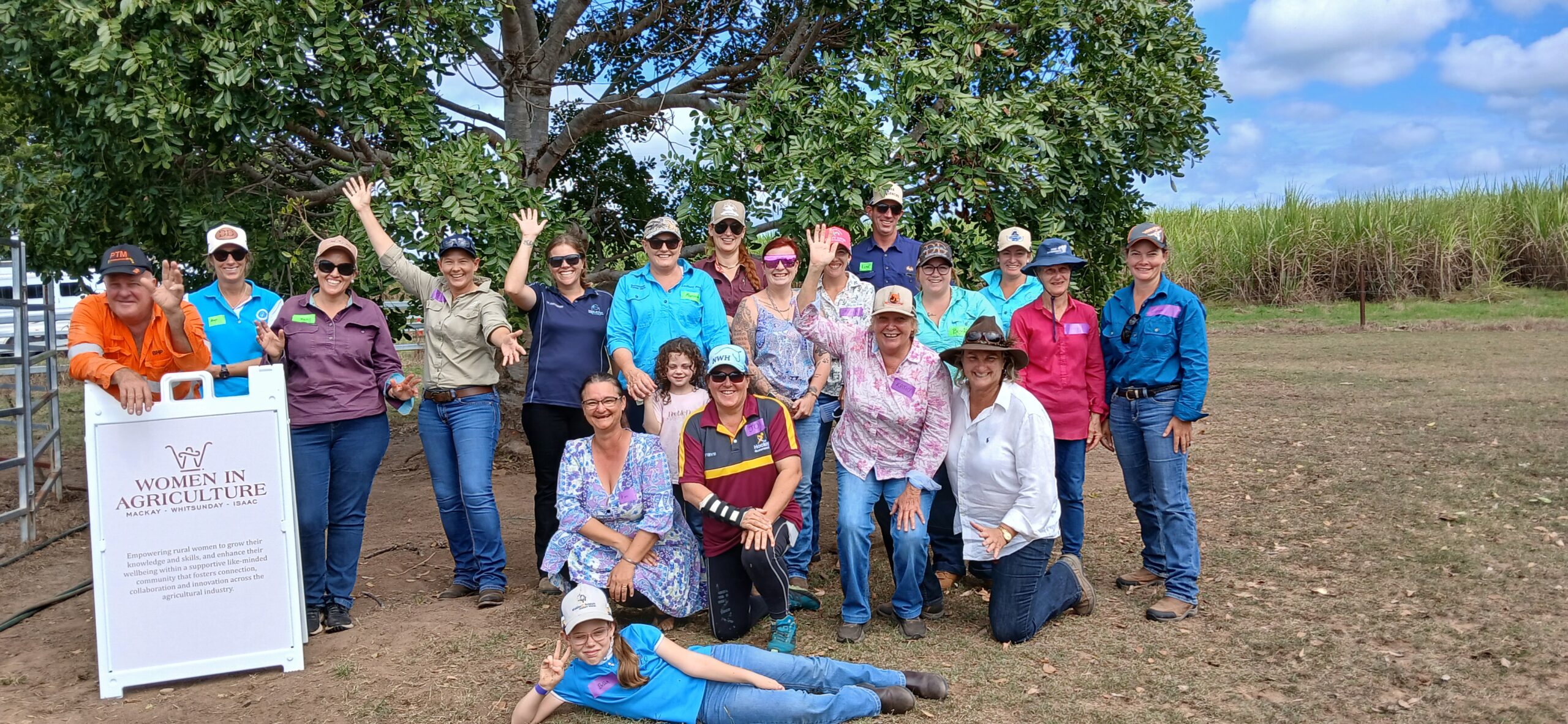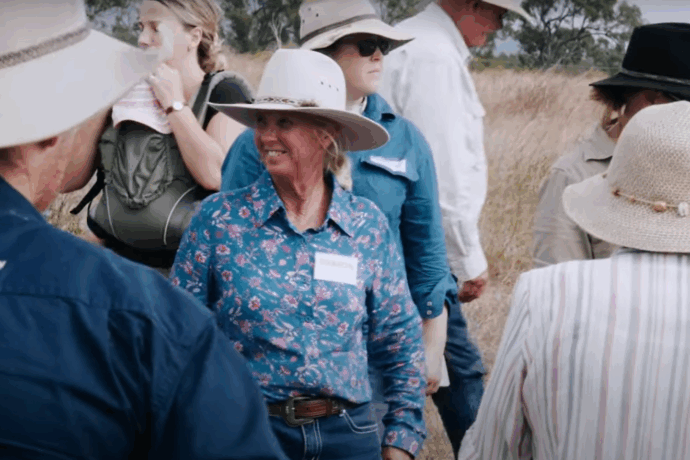Take a walk along a quiet stretch of the Mackay Whitsunday Isaac coastline and you might pass a tangle of trees and vines hugging the dunes. They are cool and shaded. They echo with bird calls and scurrying things. Trees and vines are twisted and patches of sunlight filter through. You’ve probably driven past it before or perhaps set up a picnic nearby. These scattered green patches are one of the rarest and most overlooked ecosystems in Australia – Littoral Rainforests, also known as “beach scrub.”
Although seemingly scruffy or small, beach scrub is a powerhouse that stores carbon and holds the coastline together. These narrow bands of vegetation steady the dunes, soak up water, buffer the wind, and give strength to the places we live and play. As an essential part of the coastal ecosystem (providing habitat, protecting dunes and supporting the broader coastal landscape) they also underpin tourism, recreation and our everyday connections to nature.
Beach scrub is home to a rich diversity of plant and animal life, including several threatened species such as the Proserpine rock-wallaby, the northern quoll, beach stone-curlews and pied imperial-pigeons. Beach scrub helps to shelter the dunes in which sea turtles nest, and orange-footed scrubfowl build their nesting mounds under the canopy. Native plants like tuckeroo, golden orchid and Burdekin plum grow here too – plants Traditional Owners have used for generations to build, eat and heal.
Unfortunately, less than 30% of beach scrub’s original footprint remains in Central Queensland. What’s left is made up of small patches, many under 10 hectares, sitting sporadically along the shoreline or tucked into the edges of offshore islands. Because they’re easy to miss, they’re also easy to neglect, often cleared for development, taken over by weeds, or burnt out by fire. It’s not until they’re gone that their impact on our coastlines is noticed. The land shifts during strong winds, erosion intensifies during heavy rain and storms, and native animals become displaced.
Reef Catchments, in collaboration with ecologists and Traditional Owners, completed a comprehensive regional assessment to better understand the condition of beach scrub in the Mackay Whitsunday Isaac region. Of the 31 sites assessed along the Mackay Whitsunday Isaac coast, many showed signs of significant stress. Invasive weeds, trampling, and clearing have taken their toll. Some sites are reduced to struggling patches, while others remain surprisingly intact. The results confirm what’s long been observed on the ground: many patches are degraded and under pressure. But they also show that, with the right care, recovery is possible.
But importantly, the long-term monitoring data show that recovery is possible. For example, at Nelly Bay in Cape Gloucester, the beach scrub achieved a biocondition score of 67.5% in 2008. When the site was reassessed in 2021, the score had increased to 90%, reflecting more than a decade of careful management, weed control and protection efforts. More on-groundwork has been completed since then, and the next assessment will likely show further improvement. This trend demonstrates something critical: these coastal patches can recover when we look after them, and when they recover, the entire coastline benefits.
Reef Catchments Senior Project Officer Morgan Thomas was part on the regional assessment and notes, “Beach scrub is an incredibly important coastal ecosystem, but it has been reduced to a fraction of its original extent. It is now listed as critically endangered, and in many places, it is only holding on in a narrow, fragmented strip. Proper care is essential not just to protect what remains, but to give these systems a chance to recover. They’re tough, resilient communities, but they can’t bounce back without help from us.”
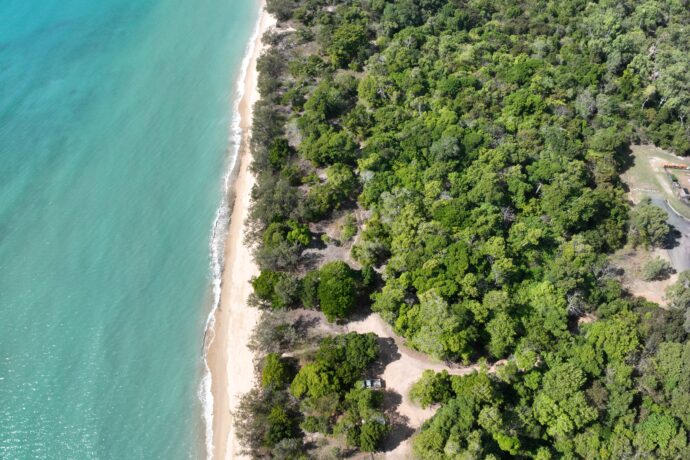
Even though the threats are real, they can be turned around. Across the region, landholders, Traditional Owners and community groups are stepping in to give beach scrub a chance. Weed control, revegetation, fencing, fire planning and better access management can go a long way, especially when support and resources are shared. Community members can also play a role by reporting new weed outbreaks, sticking to designated tracks and helping with local working bees, all of which strengthen on-ground efforts.
Next time you visit the beach, take a moment to look behind the shoreline. That patch of greenery isn’t just part of the scenery. It plays an important role in protecting the land, supporting wildlife, and keeping the coast strong. Beach scrub works quietly in the background, but it helps in powerful ways. By learning to value and care for it, we can help safeguard the places we love – now and into the future.
